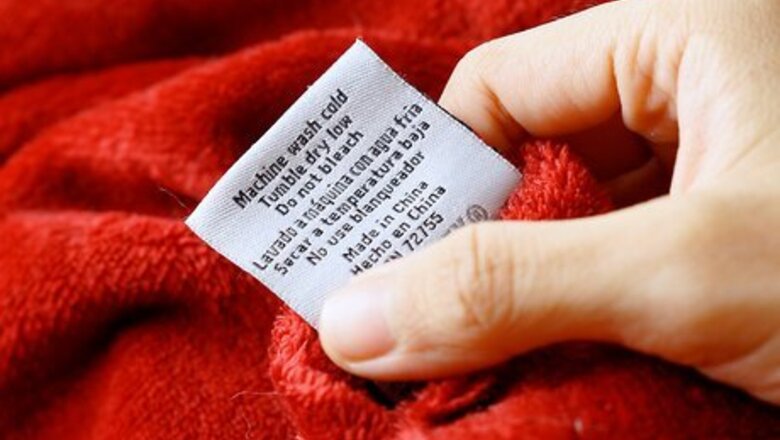
views
Cleaning Your Blanket
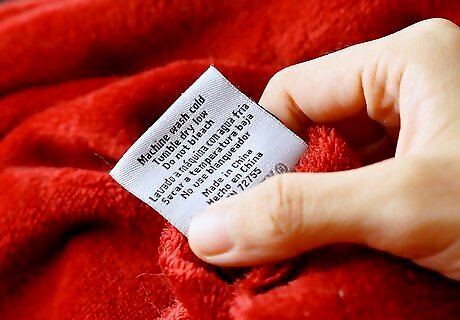
Follow the care instructions provided on the tag or label. Before you attempt to wash your blanket, read the directions listed on the tag to find out the best way to do it. Most manufacturers include specific instructions for cleaning and maintaining their blankets that are meant to help keep them soft and snuggly for years to come. The care instructions on a synthetic blanket may specify a maximum heat setting, for example, while blankets in vibrant colors or patterns might call for a particular type of detergent. If your blanket didn’t come with care instructions, try looking up tips on how to safely wash the fabric online.
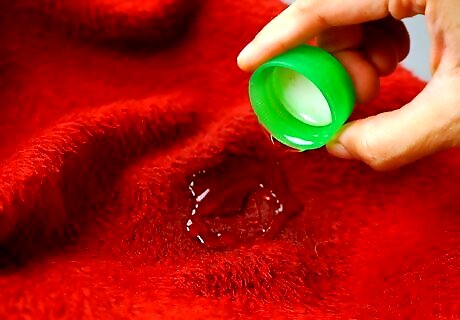
Pretreat stains with dishwashing liquid. Squeeze a small drop of mild dish soap onto any heavily soiled or discolored areas. Allow the soap to soak in for 10 minutes, then blot it gently with a wet paper towel to remove as much of the stain as possible. To lift away greasy or oily residue, try sprinkling a small amount of corn starch onto the stain and letting it sit for 5-10 minutes. It will absorb the oils in the stain, after which you can simply wipe it off. Avoid scrubbing at stains too forcefully. Doing so could just end up spreading them around and making them worse.
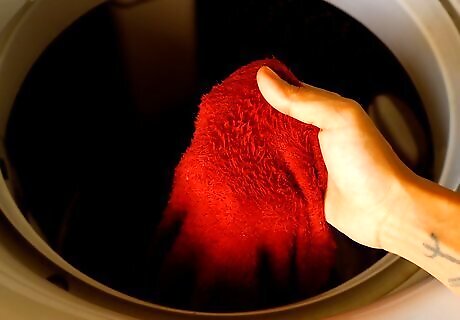
Put your blanket through the washing machine by itself. Fleece and similar fabrics should always be washed on their own. When thrown in with other items, they have a tendency to rub together, which leads to matting, pilling, and other problems that can leave your blanket feeling less than comfortable. If you need to wash multiple blankets, separate them by material and color to minimize friction and prevent them from bleeding dye onto one another. Wash your plush blanket in as small a load as possible.
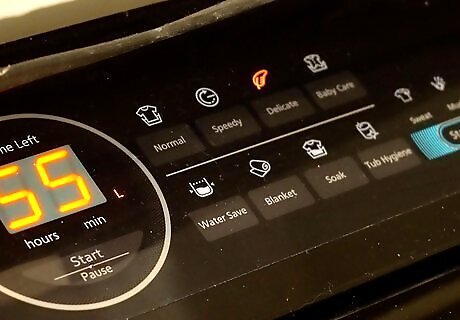
Wash your blanket on the gentle cycle. Just like putting your blanket in with the rest of your laundry can rob it of its soft finish, more aggressive wash cycles are often too much for delicate fabrics. During the gentle cycle, the machine’s agitator will slowly whisk your blanket back and forth, cleaning it without roughing it up. An added benefit of going with the gentle cycle is that it's shorter than the other cycles, which means you’ll be back bundled up under your favorite blanket in less time.
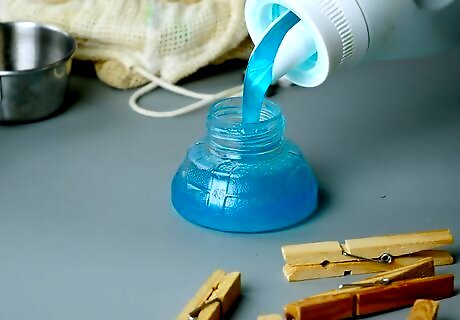
Use a regular dishwashing detergent. Stick to a standard-strength liquid detergent free of additives like bleach, fabric softeners, or perfumes. You’ll only need to add a small amount—excess detergent doesn’t always get rinsed off and can coat the fibers of your blanket, making them feel sticky to the touch. Most fleece blankets are designed to be stain-resistant, so a basic soap-and-water combo will usually be more than enough to get them nice and clean. Fabric softeners can actually damage fabrics that have been treated with water-repellent finishes, so it’s best to forego these products. Expert Answer Q Can you use fabric softener on blankets? Safir Ali Safir Ali Laundry Specialist Safir Ali is the Co-Founder and CEO of Hamper Dry Cleaning and Laundry, a startup in Houston, Texas reinventing the laundry industry. With over six years of experience launching and operating Hamper, Safir specializes in innovative ways to simplify dry cleaning using the experience from his family's business. Safir holds a Bachelor’s degree in Business Administration and Management from Texas A&M University. Hamper offers 24/7 on-demand dry cleaning and laundry through delivery and kiosk services. Hamper has been featured on the Houston Rockets, Station Houston, the Houston Business Journal, BBVA, Yahoo Finance, and Innovation Map. Safir Ali EXPERT ADVICE Answer from Safir Ali: Fabric softeners can damage some fabrics—especially those that contain water repellant. It's best to just use detergent on your blanket.
Drying Your Blanket
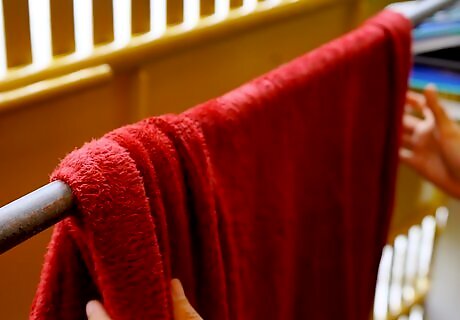
Hang your blanket up to dry to preserve its softness. If you have access to a clothesline or drying rack, stretch the damp blanket over the top and allow it to air dry naturally. You can also lay out a just-washed blanket on your bed or an ironing board and leave it overnight. This is arguably the best way to dry fabrics like fleece, as it restores them to their original softness with no risk of heat-related mishaps. It may take up to 24 hours for a wet blanket to dry completely. Turn on your overhead fan or situate your blanket in front of a portable fan or air conditioning vent to get some extra air circulating around it.
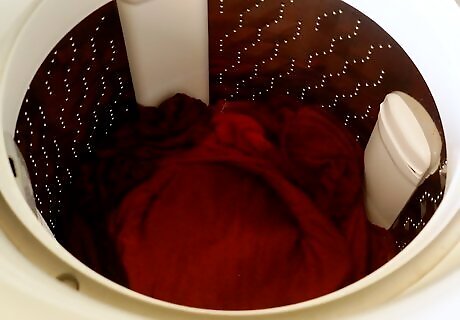
Tumble dry your blanket to cut down on drying time. Tumble dry is the gentlest of all dryer settings, as it relies on continual movement to eliminate lingering moisture rather than heat. Still, it’s a good idea to keep an eye on your blanket as it makes its rounds so you can take it out as soon as it’s done. The less time it spends in the dryer, the less unnecessary wear and tear it will receive. On some dryers, the tumble dry setting may be labelled as “air fluff.” Avoid timed drying cycles, as these typically apply the same amount of heat as regular and permanent press settings.
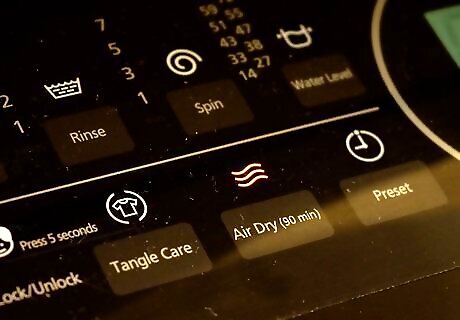
Make sure you use a low heat setting. If your dryer features adjustable heat settings, choose the lowest one. A little heat will help fluff up a lifeless blanket, but too much may cause it to shrink. It’s also possible for higher temperatures to scorch synthetic fabrics like polyester and acrylic, if you’re not careful. It will take longer for your blanket to dry completely on a lower heat setting, but it’s the best way to keep it looking and feeling new. If you want, you can toss a dryer sheet in with your blanket to infuse it with a fresh, clean scent. While liquid fabric softeners should be avoided, dryer sheets won't cause harm to delicate fabrics like fleece.
Caring for Your Plush Blanket
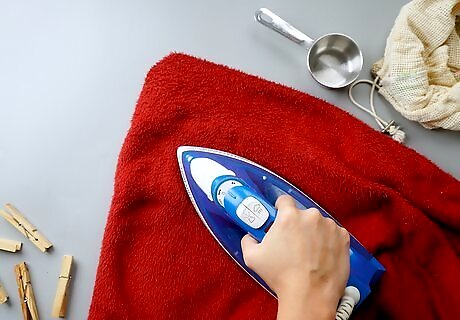
Avoid ironing your blanket. If using a high heat setting in the dryer is a no-go, ironing is definitely out of the question. Irons can easily burn or even melt the loose fibers of your blanket. Even if the iron isn’t turned on, its heavy enough to make matting and pilling more likely to occur. To smooth out wrinkles after blanket has dried, fold it and drape it over the back of your couch or place it at the bottom of a stack of other blankets.
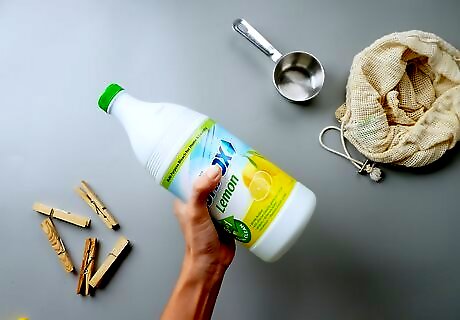
Stay away from bleach and other harsh chemicals. Bleach is highly abrasive, and can make your favorite blanket feel scratchy and brittle over time. It can also ruin the dye used to color the fabric. Fortunately, most newer types of fleece have stain-resistant properties, which means bleaching won’t generally be necessary. If you need a heavy-duty solution to dirt or discoloration, look to alternatives like white vinegar, hydrogen peroxide, or oxygen-based cleaning products instead.
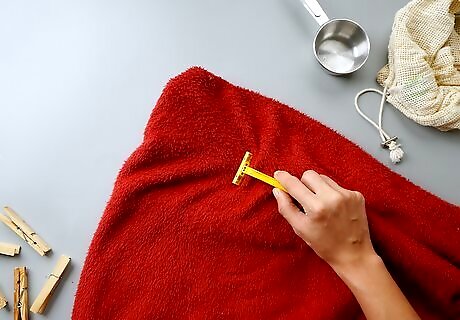
Remove pilling using a disposable razor. With frequent washings, the fibers of your blanket can begin to bunch up, causing tiny balls known as “pills” to form. One simple way to get rid of pills is to drag a disposable razor lightly over the surface of the blanket. The blades will shear off the annoying clumps and your blanket will be soft and smooth again. Be careful not to press down too hard with the razor, or you could accidentally cut or scrape the fabric. A razor can work wonders on minor pilling, but it may not be as effective for dealing with matting and other textural imperfections.

















Comments
0 comment